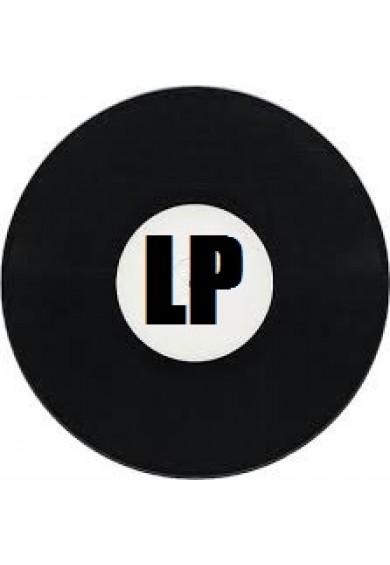Following Blasphemy’s temporary dissolution in 1993, the band members
went their separate ways and for the most part remained musically
silent—with one notable exception. After a year or so of relative
inactivity, former Blasphemy vocalist and bassist Ace Gestapo
Necrosleezer and Vaginal Commands partnered with Blasphemy drummer 3
Black Hearts of Damnation and Impurity sometime around 1994 or 1995 to
work on a new project called Necrosleezer. Contrary to widespread
speculation and misinformation, there were never any other band
members.
The two rehearsed in a barn in the rural area surrounding
Vancouver near where 3 Black Hearts was living at the time. Over the
next year, the two-piece wrote around 11 songs and entered the legendary
Fiasco Bros. Studio in 1995 to record a four-song demo. Upon
completion, they dubbed copies of the tape and sent them to labels, but
the tape received no serious attention, and the band disintegrated. Very
few copies of the demo were released into the scene, and those that
exist generally feature degraded audio. Although the demo has long been
referred to as Recruit for Conflict, 3 Black Hearts always called the
tape Pope Kill, and that alternate name, which is also the name of the
opening track on the tape, has been adopted for this first official
release.
The demo’s historical importance is undeniable—these are
the only recordings from this era by any Blasphemy members—but it is
equally impressive from a musical point of view. Although similar
influences are present, Necrosleezer’s sound reflected a marked
departure from the work that Ace Gestapo and 3 Black Hearts did with
Blasphemy. Necrosleezer was repetitious and hypnotic, more sinister
sounding and European influenced than anything Blasphemy did. Bathory is
an obvious point of reference, but other influences, such as Norwegian
black metal, German thrash, and grind, are all buried just beneath the
surface. The songs are largely constructed around the monotonous
intensity of 3 Black Hearts’ blast beats—the snare’s commanding presence
dictating the movement of the track. Laid out across the percussive
frenzy, Ace Gestapo’s riffs slide and shift into place. The execution is
militaristic, but the sound is wretched. Only two of the songs feature
guitar leads, and their unhinged nature adds to the feral sound of the
demo. The vocals, repugnant and grim, hang above the mix, draped over
the low-end matrix of the bass and drums.
Even though Necrosleezer
recorded the material in a studio, it still sounds like a demo,
retaining the primitive nature of the performance. Indeed, the astute
listener might even notice someone coughing in the background on one of
the tracks. Necrosleezer’s sound on Pope Kill is consistent and
coherent, but there is more than enough diversity and nuance in the
songwriting to distinguish the tracks and provide depth. The band’s
approach is controlled cacophony—unrefined but not imprecise.
These
four songs provide one of the few glimpses into the work that any of the
members of Blasphemy did between the Gods of War album and the band’s
return to the stage in the early 2000s. Long in need of a proper
release, this version of the Pope Kill/Recruit for Conflict recordings
has been remastered and restored as much as possible to its original
form by James Plotkin. And while the original tapes the band sent out to
labels lacked cover art, this edition features new artwork by Chris
Moyen created specifically for this release. The unearthing of these
tracks, their restoration, and the new presentation of this demo
recording is, therefore, a monumental event.
23.00€
In Stock
Format: LP
-
+

